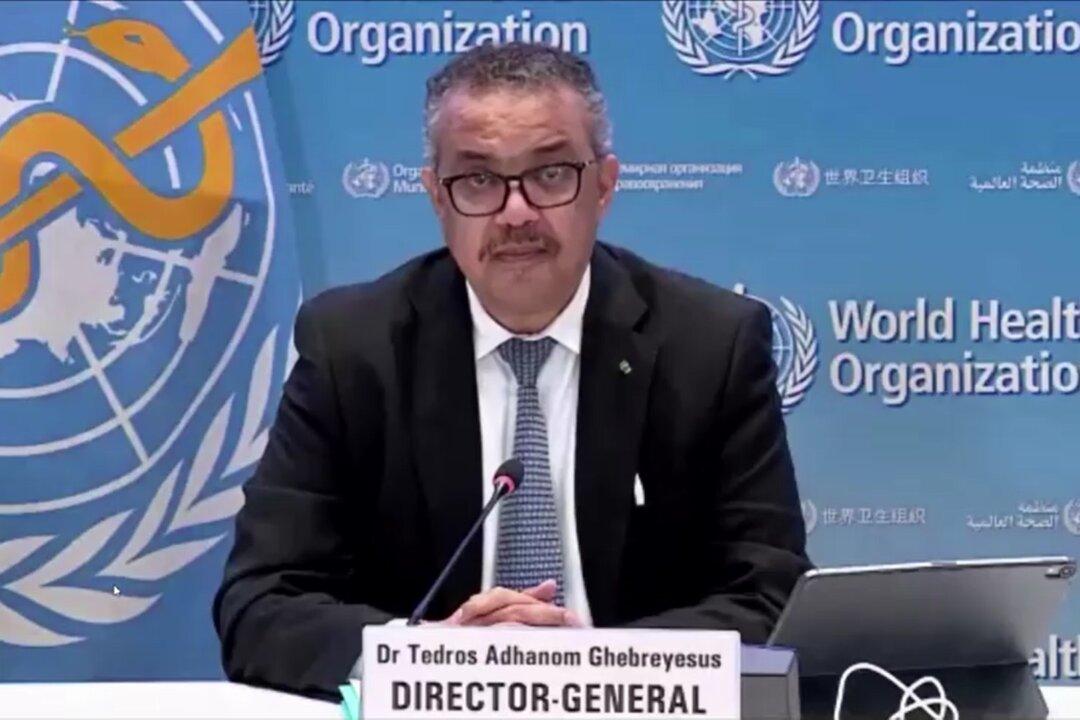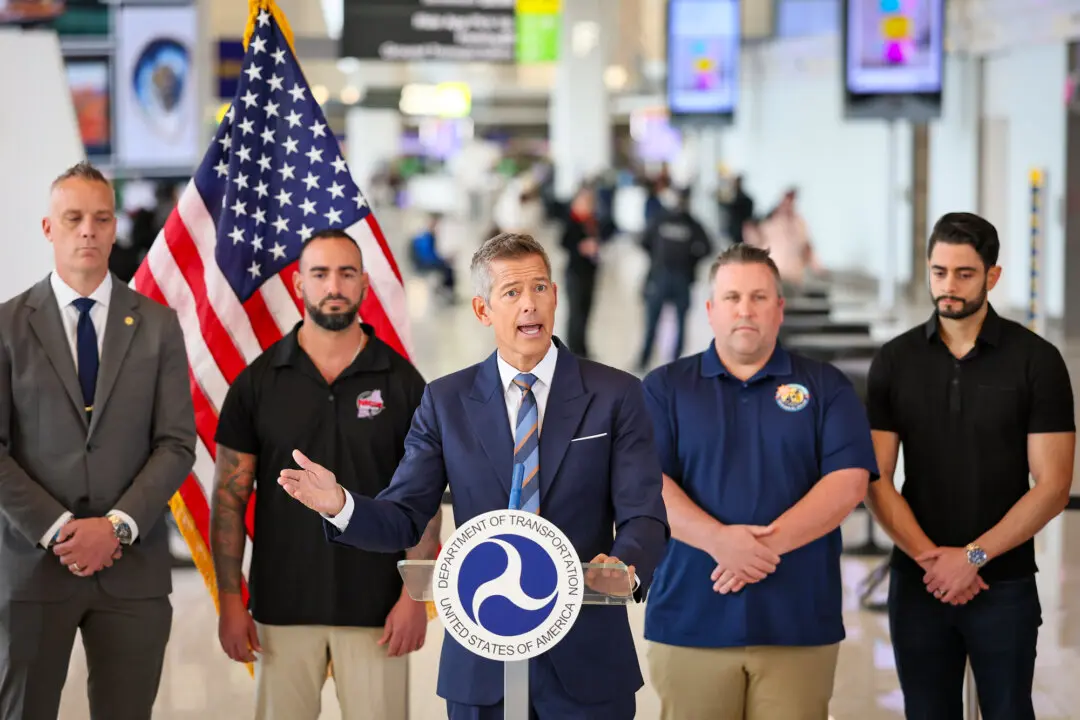The World Health Organization (WHO) has admitted to not having a “clear picture” of why people are dying from COVID-19, and called for more data sharing among nations, as Beijing continues to see a mass spread of the virus while refusing to share accurate numbers.
Since February 2022, the number of deaths reported to WHO every week has dropped by almost 90 percent. However, the number of weekly reported deaths has remained between 10,000 and 14,000 since mid-September, WHO Director-General Tedros Adhanom Ghebreyesus said during a Jan. 11 media briefing.





